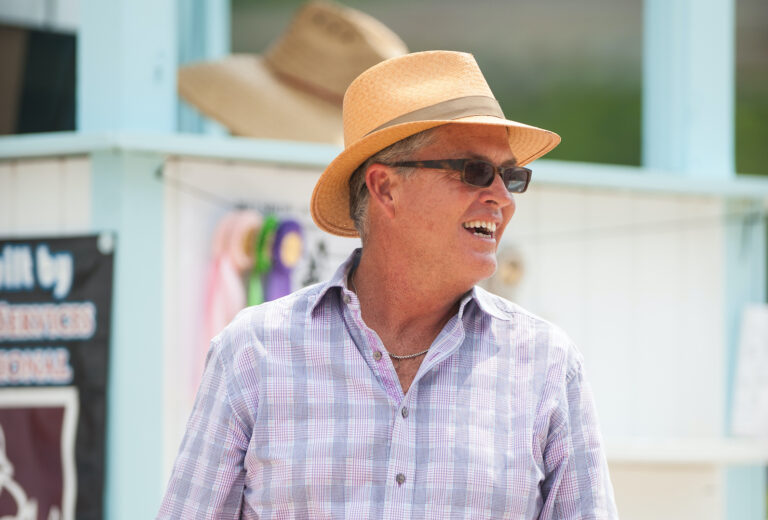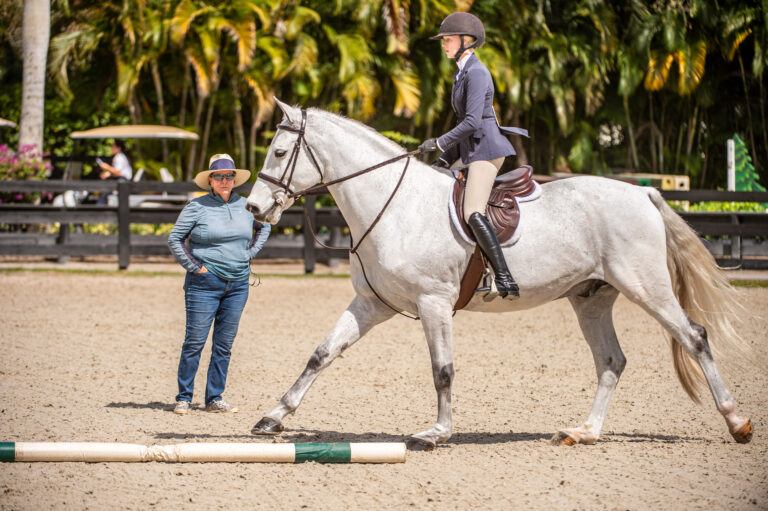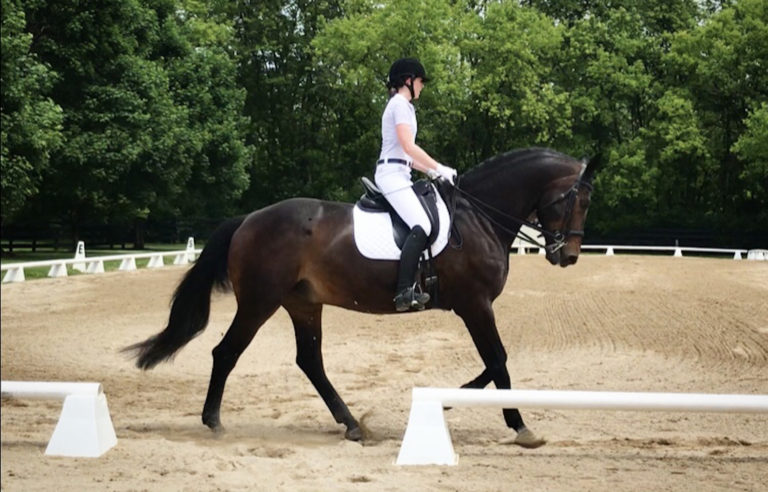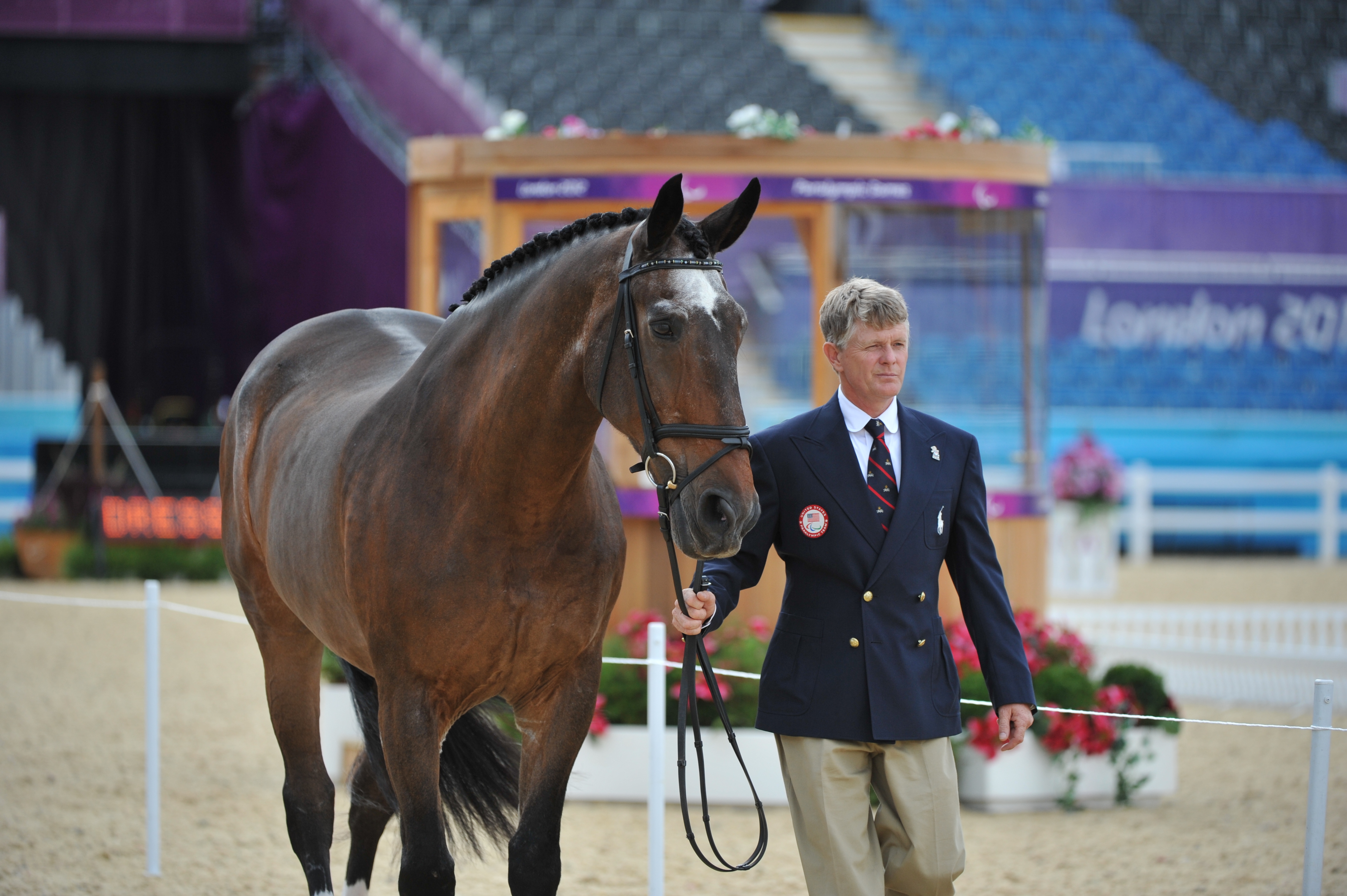
Q: As a German native, you decided to emigrate to the United States in 1985. Why?
KH: I was working for the second biggest dressage barn in Germany as bereiter FN (a licensed instructor), riding and training both Grand Prix dressage horses and grand prix jumpers. A German coach told me to look at what Americans were doing in jumping. They had a lighter riding style that would be the style of the future—it was easier on the horses. So I decided to move to America to see this new style for myself and learn to incorporate it into my riding with a strong German background. At 24 years old, you have no fear. When you are training horses all day for your job, going to America is no big deal.
Q: How have you been so successful for more than 40 years?
KH: I am a workaholic. I work all the time. My family occasionally wishes that I had more free time, but I said I could be running around and getting into trouble. But I like to stay really, really busy. I bought a small facility, a 24-stall barn, when I came to the U.S. Then a few years later, I bought a huge facility. I thought it was easy to make a living if you get up earlier than everybody else and go to bed later than everyone else. And that is my theory seven days a week.
Q: You recently decided to focus more on dressage. Why?
KH: I still train grand prix jumpers, but about eight or nine years ago I figured it was time to quit competing while I still looked good jumping a horse. We all get older and you have to know when to pass the torch to the next generation. You need to quit while you are still able to win. If you have a certain status and level of expertise, your place is on the ground training a new generation of riders.
Q: What’s the most important thing you’ve learned about yourself?
KH: You probably get more methodical and chill out about certain things over time. At 24, you are going to get on a horse and make him do it that day. As you get older, you think maybe the horse is having a bad day. So you are more likely to get off a horse and say, ‘Just forget this. I’ll come back again tomorrow.’
Everybody develops their basic training, but you try to create your own nuances. You learn your own weaknesses and your strong points. I taught my German Shepherd to piaffe and passage just for giggles. If I can teach my dog to piaffe, I can train any capable horse to piaffe.
Q: How do you train a horse to do para-dressage?
KH: If I have a rider with no arms, no legs, cerebral palsy, spasticity or is paralyzed from the neck down, then I have to find a horse who can tolerate that rider’s handicap.
You just walk at first—teach the horse to work with a little bit of voice. Then you build on the rider’s ability and talent. Can the rider use one leg? Use a whip on the other side to balance it out. Every para-dressage horse has to be customized and trained for each para-rider. Some of these horses become super fine-tuned. If I put a regular rider on that para-dressage horse, the horse would jump out of his skin because he would not understand those aids.
Q: How long does it take to train a para-horse?
KH: It depends on the horse. Some horses just love it. Some will be very responsive and try to keep the rider up there and try to help him out. Then there are some para-dressage horses who are like amateur horses. These horses will go in the ring easily the first few times, but then they go in the ring and get too smart. They figure out they don’t have to do it anymore.
Q: What is it like to train a para-equestrian?
KH: They work a lot harder than able-bodied people. And there is no whining or complaining. Being the trainer of a para-rider is very demanding—there is no slacking off, not even for a moment, when they are on a horse.
There are para-equestrians who are able people born with a disability. They have cerebral palsy or one limb not developed—they were born that way. They don’t know anything different. They have been dealing with that their whole lives. You put them on the horse and see if together you can figure out how to work with their disability. We try to compensate for where they have limited strength or stability—maybe they use a balance bar or other approved aid. Maybe they will ride with one hand or no legs. This is their body, so we work it out together so they can compete.
There are para-equestrians who have had an accident or other traumatic event. And that is a whole different story. Their balance in normal life is off. Because they are missing a limb, for example, they will have a harder time staying balanced in the saddle. Then, maybe we work on straightness and using their seat and core. Plus, there is a fear factor—they’re used to having two functional legs and two arms, so there is fear there that may need to be addressed.
Q: How did you begin working with para-dressage rider Jonathan Wentz?
KH: Jonathan had cerebral palsy, but he rode with the able-bodied dressage riders in the USDF Junior Team Regional Championships. My daughter became friends with him and she told him to come see.
Jonathan shows up at my barn and says, “Could you help me? I want to ride in the Olympics.” And I said, “Me too.” So he said, “I want an Olympic horse.” And I said, “Me too.” Then he said, “What do I need to do?” And I answered, “You turn around, go out, come back and ASK what I can do for you.” Jonathan did exactly that.
Jonathan was super smart but stubborn. And he was big—6-foot-5. Do you know what indentured servitude is? He worked his tail off. Some days I worked that poor guy very hard. We butted heads for about a year and then he understood that listening and not discussing everything you wanted him to do would work out for the best. Eventually, we found and trained the horse NTEC Richter Scale for him.
Q: What has been the best moment of your life?
KH: The Paralympics in London was awesome because Jonathan was dead on. He missed the bronze medal by fractions of a point. Jonathan and Richter were the highest-placed equestrian combination in the Olympics and Paralympics for the U.S. team in London. But I wanted the U.S. to win that medal bad.
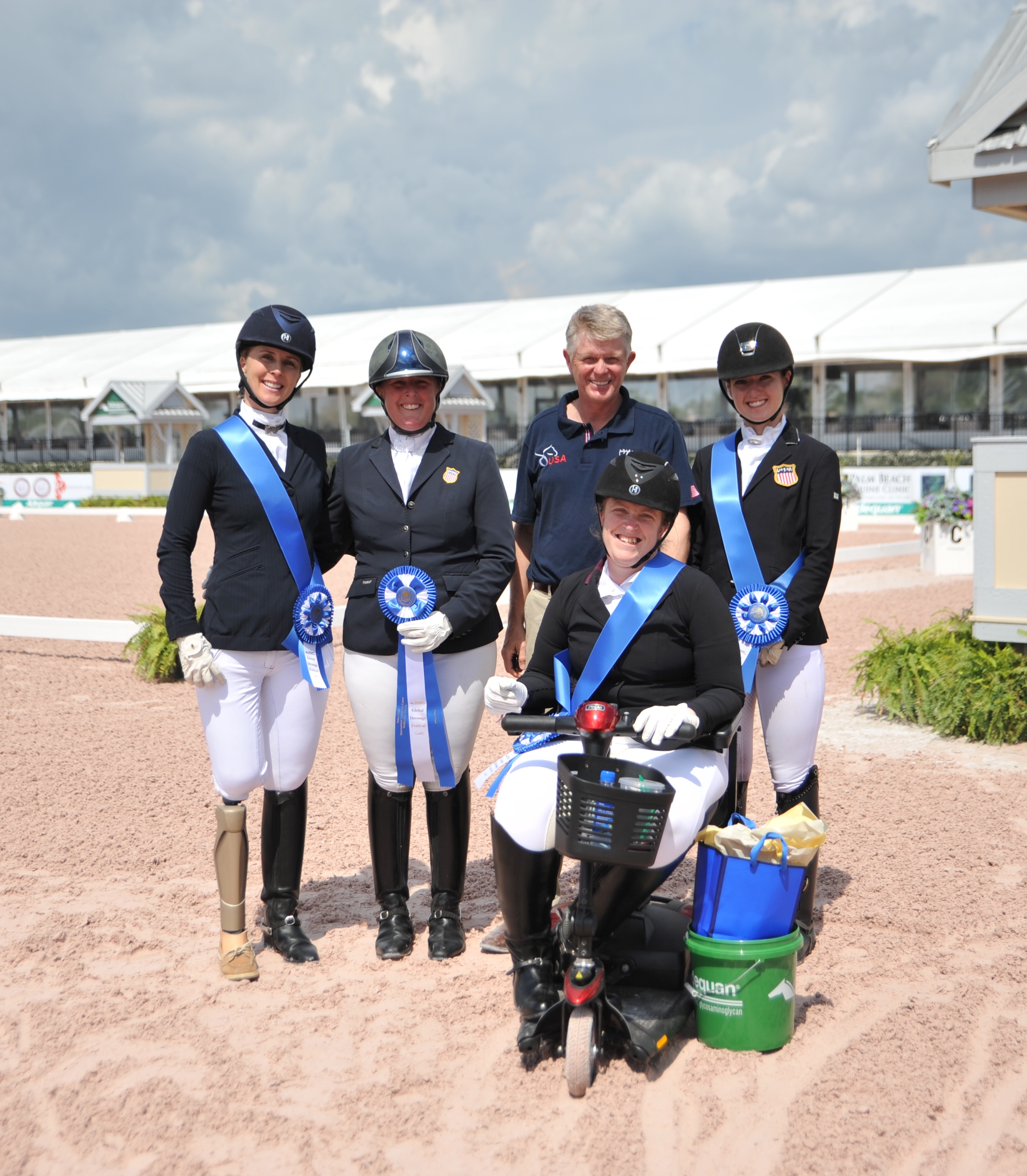
PH: How do you feel about winning and losing?
KH: My theory is if my horse and I do the best we can do for the day and it is not good enough to win, then that is the way it should be. You can only ride the best you can do on your horse for that day. And if somebody else rides their horse better that day, then there is nothing you can do about it.
If you are on a 70-point horse and you ride a 75, that’s good. If you are on a 70-point horse and you ride a 68, then you missed your mark. Go home, go back to the drawing board, retrain, minimize your weaknesses and try again.
Q: What has been your biggest failure? How did you bounce back?
KH: I’ve had tons of them. Just go on. The next day the sun shines and you start a new day. You can’t drag yourself around and be miserable—it doesn’t work as a horse trainer.
Q: What do you do to continue to learn and improve?
KH: NTEC is a U.S. Para-Equestrian Association Center of Excellence, a USEF Elite Training Center and a USOC Paralympic riding club. So we have clinicians coming here all the time, both para-trainers and able-body trainers. They come consistently and I make sure I ride with them and learn from them.
Q: If you weren’t a trainer, what else would you be doing?
KH: I’m an agricultural engineer, so I’d probably be working in the agriculture industry. I used to do mergers and acquisitions and I owned an import/export company, dealing in vintage motorcycles. But I am never going to live long enough to do all the things I want to do.
Q: What do you consider a life lesson that you want young people to learn?
KH: Never blame the horse—you have the bigger brain. It’s not the horse’s fault when something doesn’t go right. It’s like blaming the car for driving into a ditch. You have to look at yourself.
Q: Is there one quote or saying that particularly speaks to you?
KH: When things don’t work, just work harder and smarter.
This article was originally published in the October 2017 issue of Practical Horseman.






